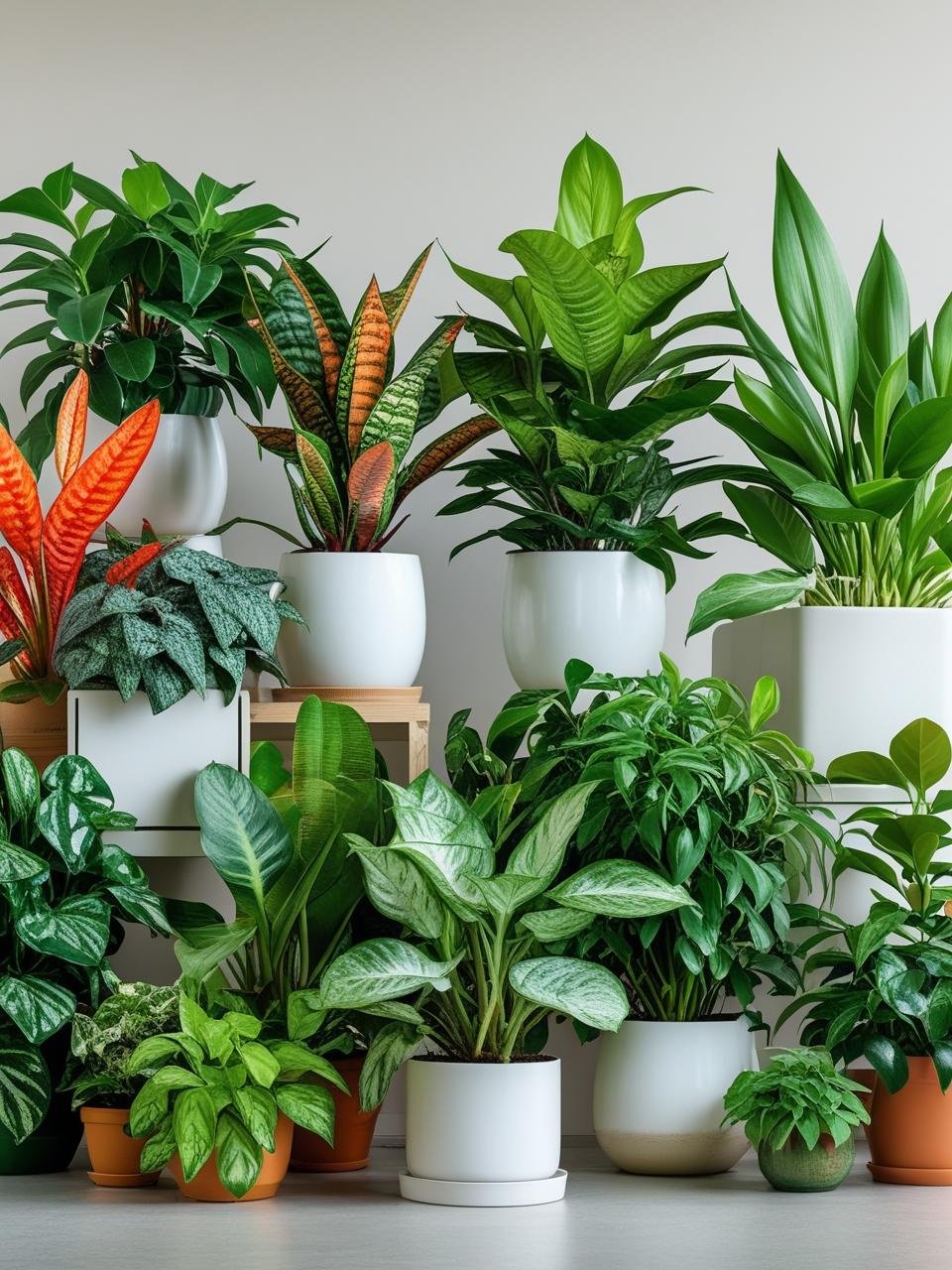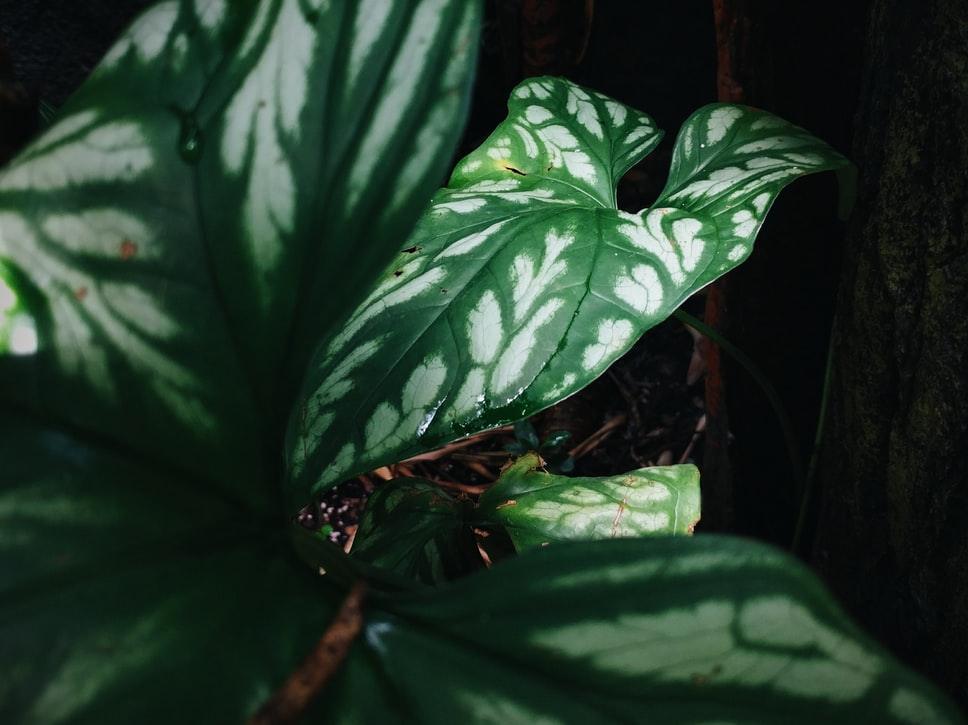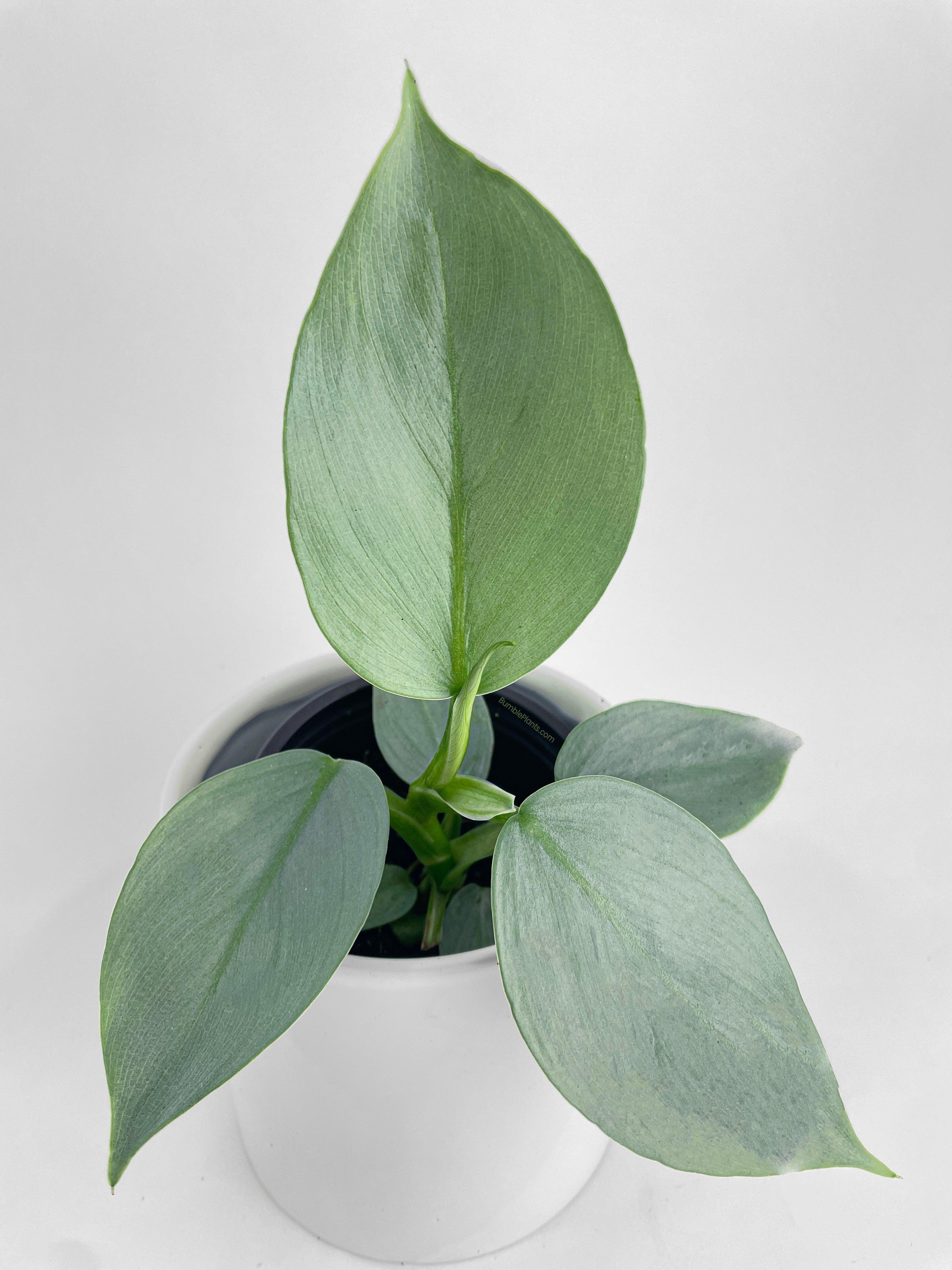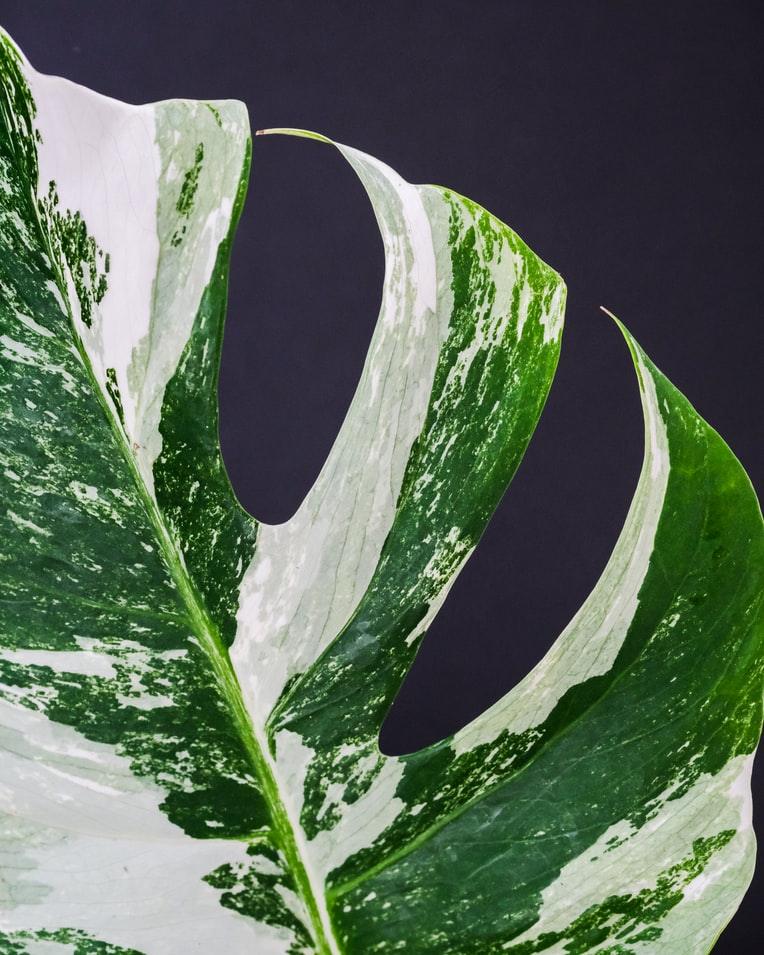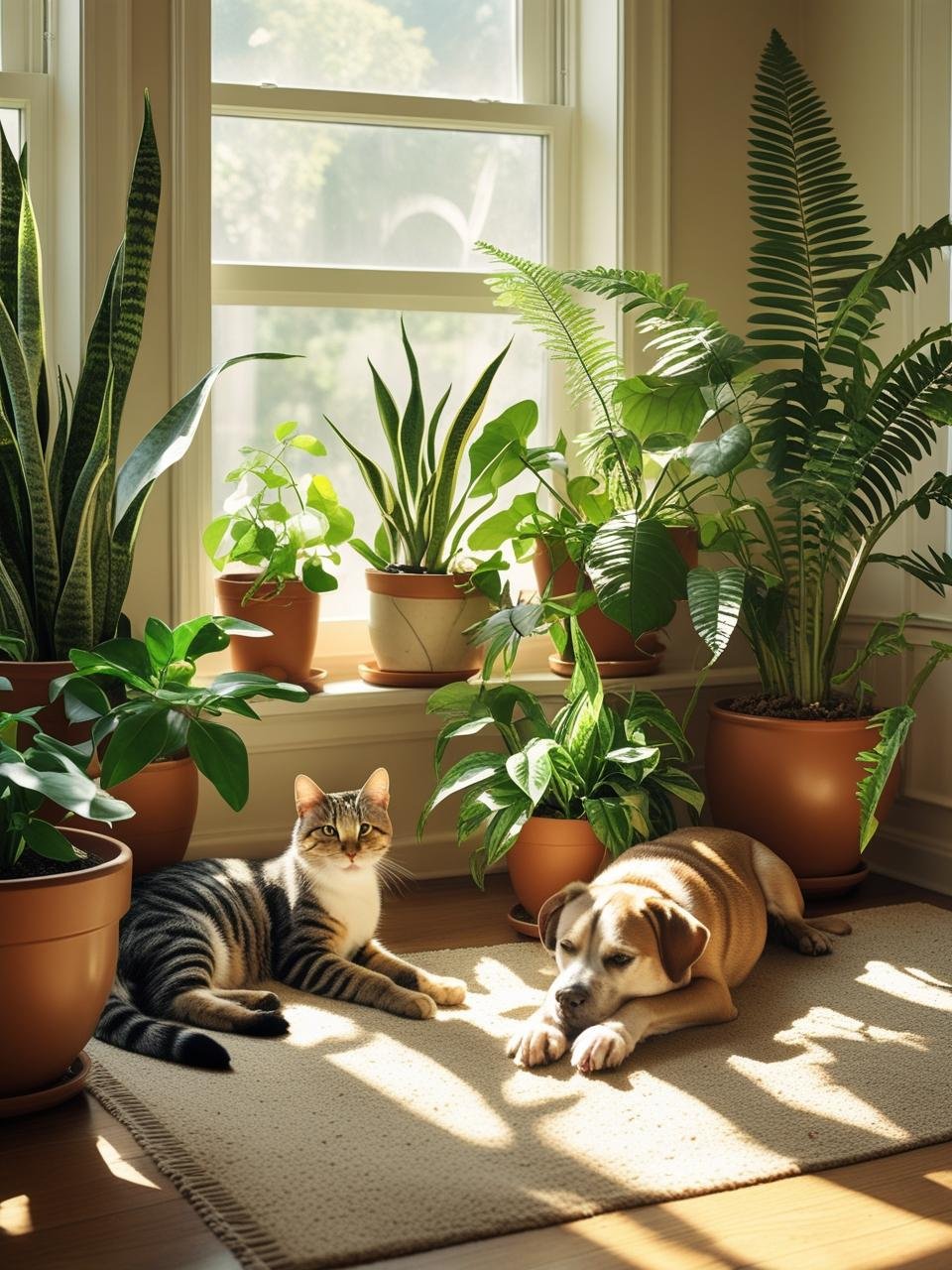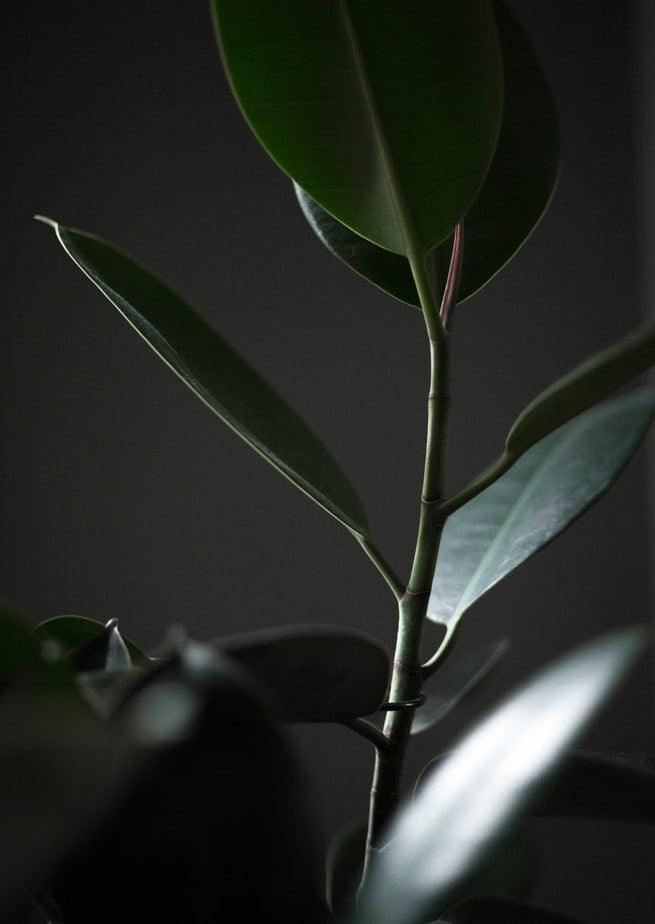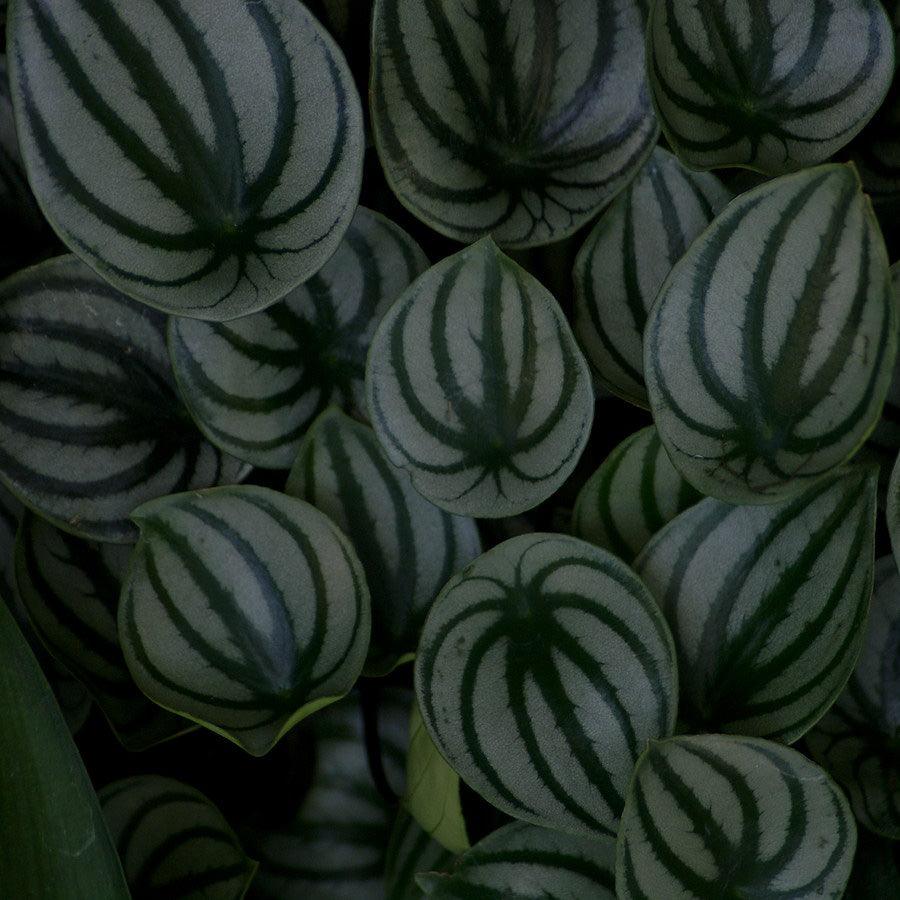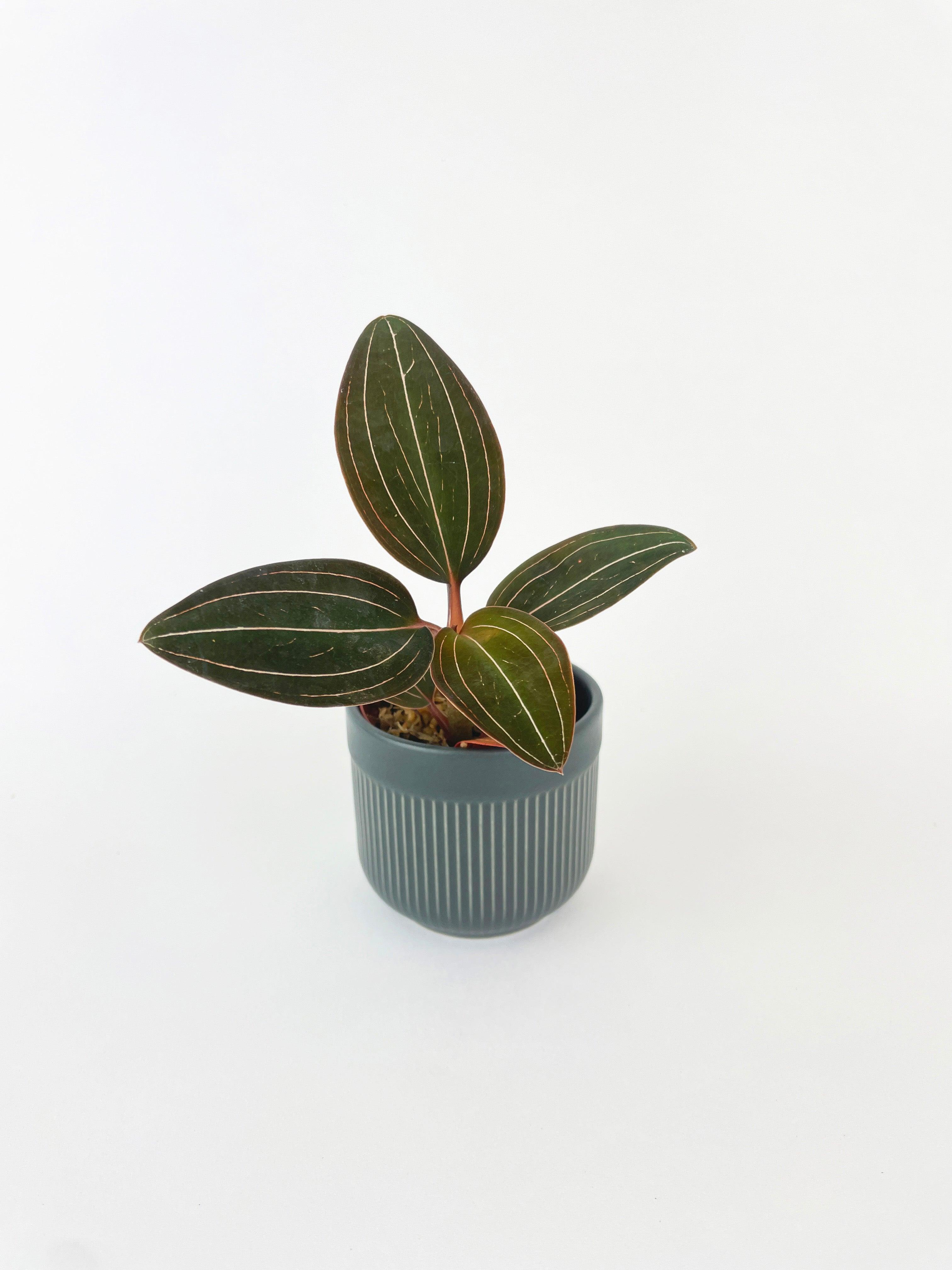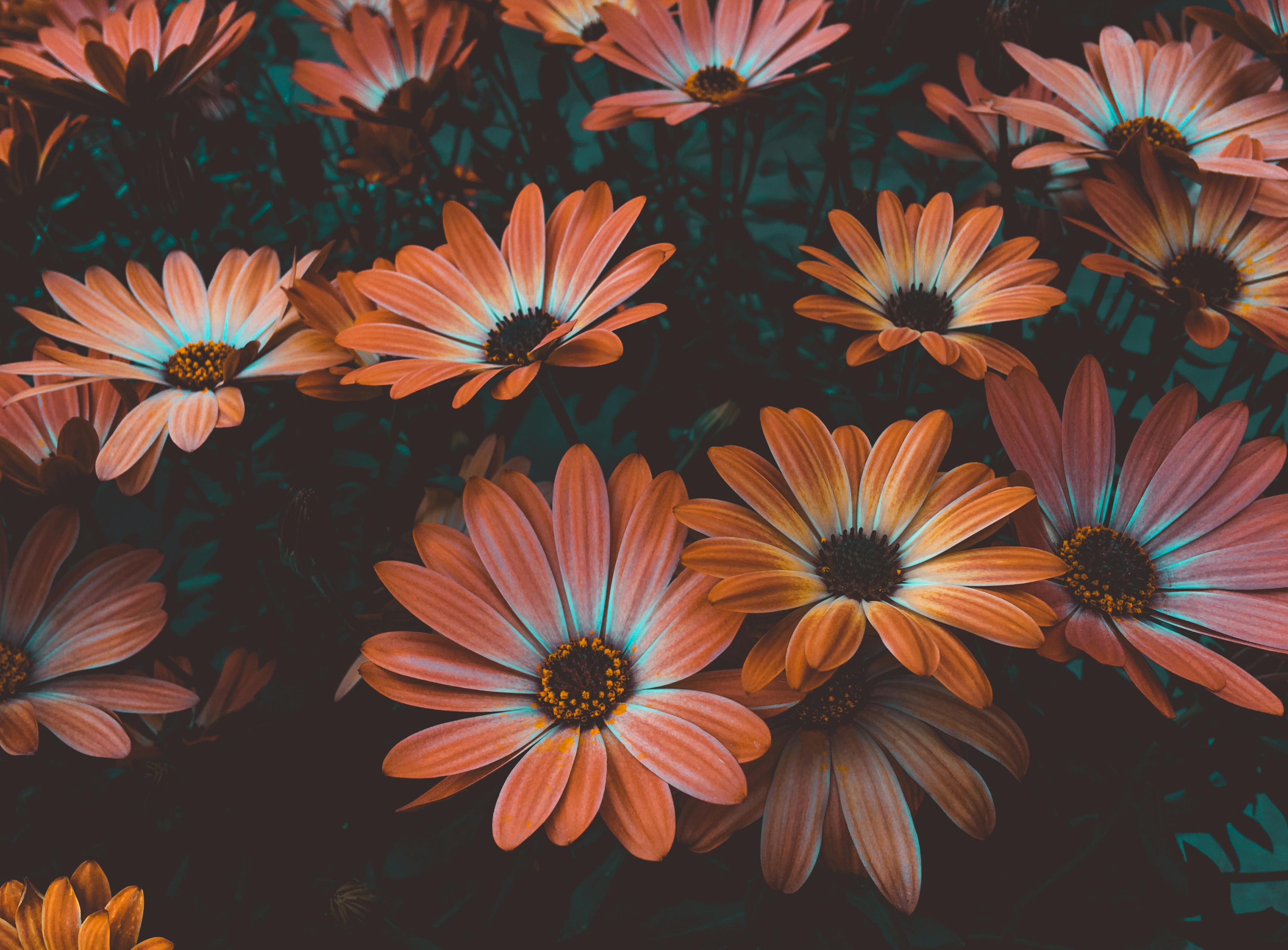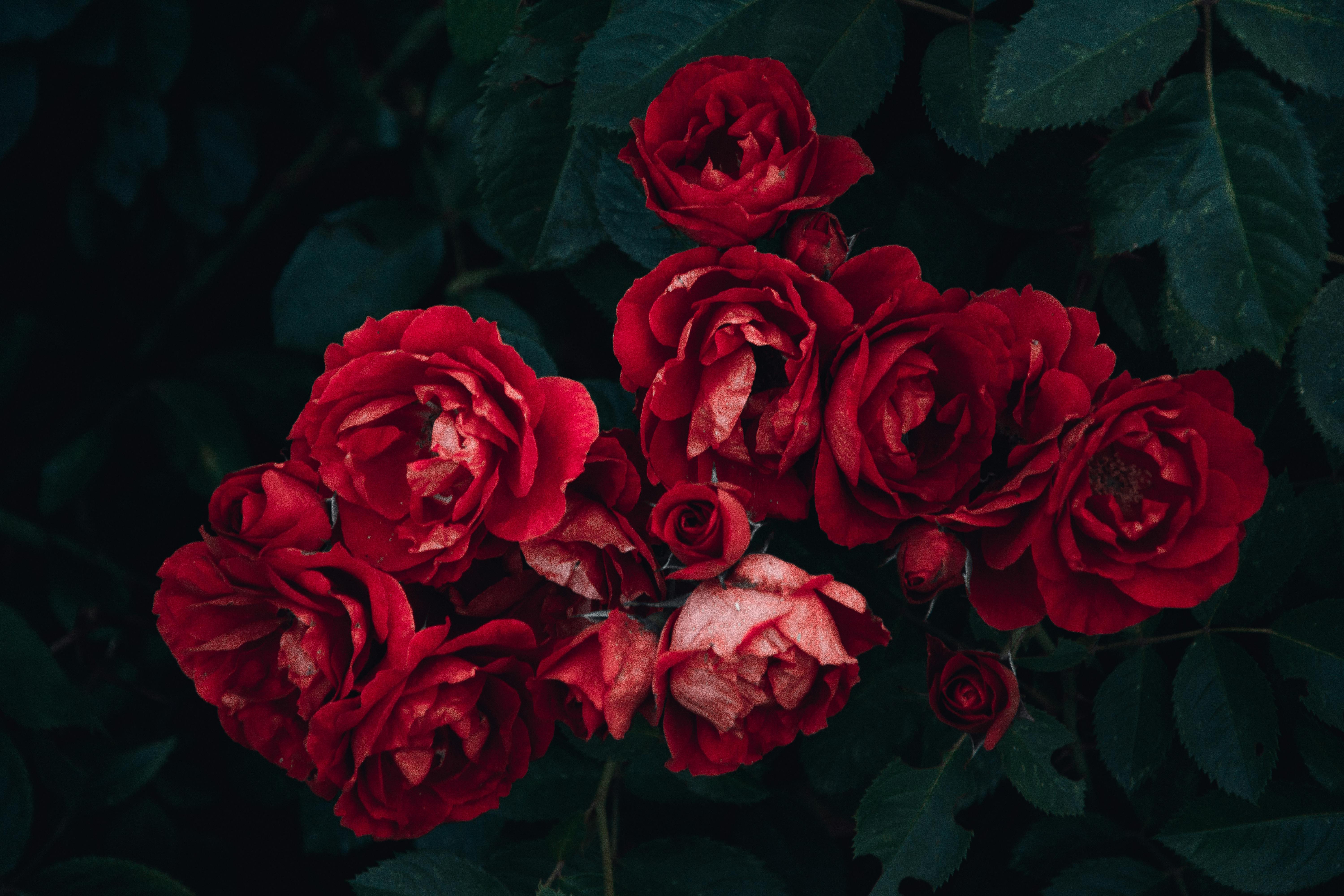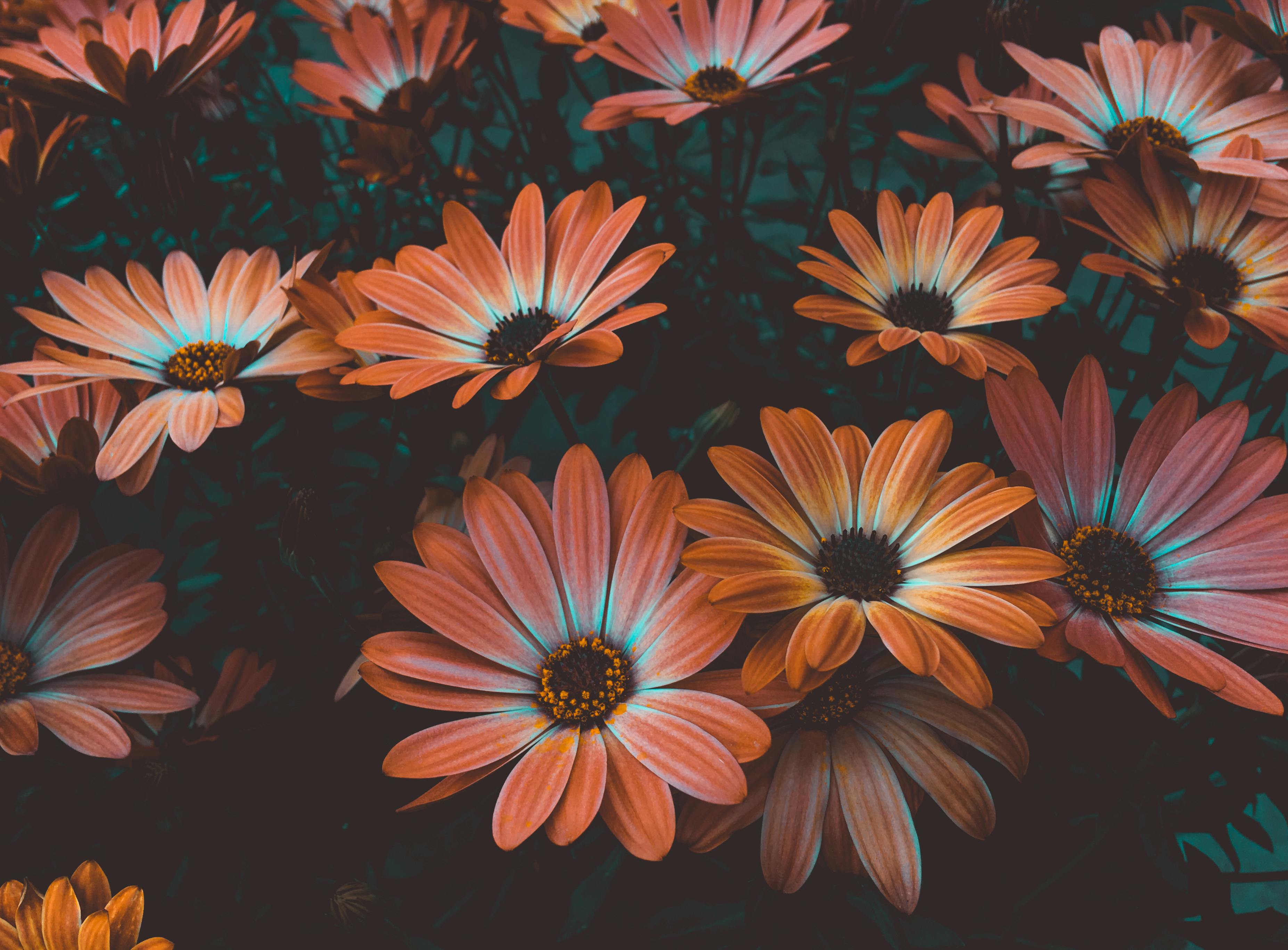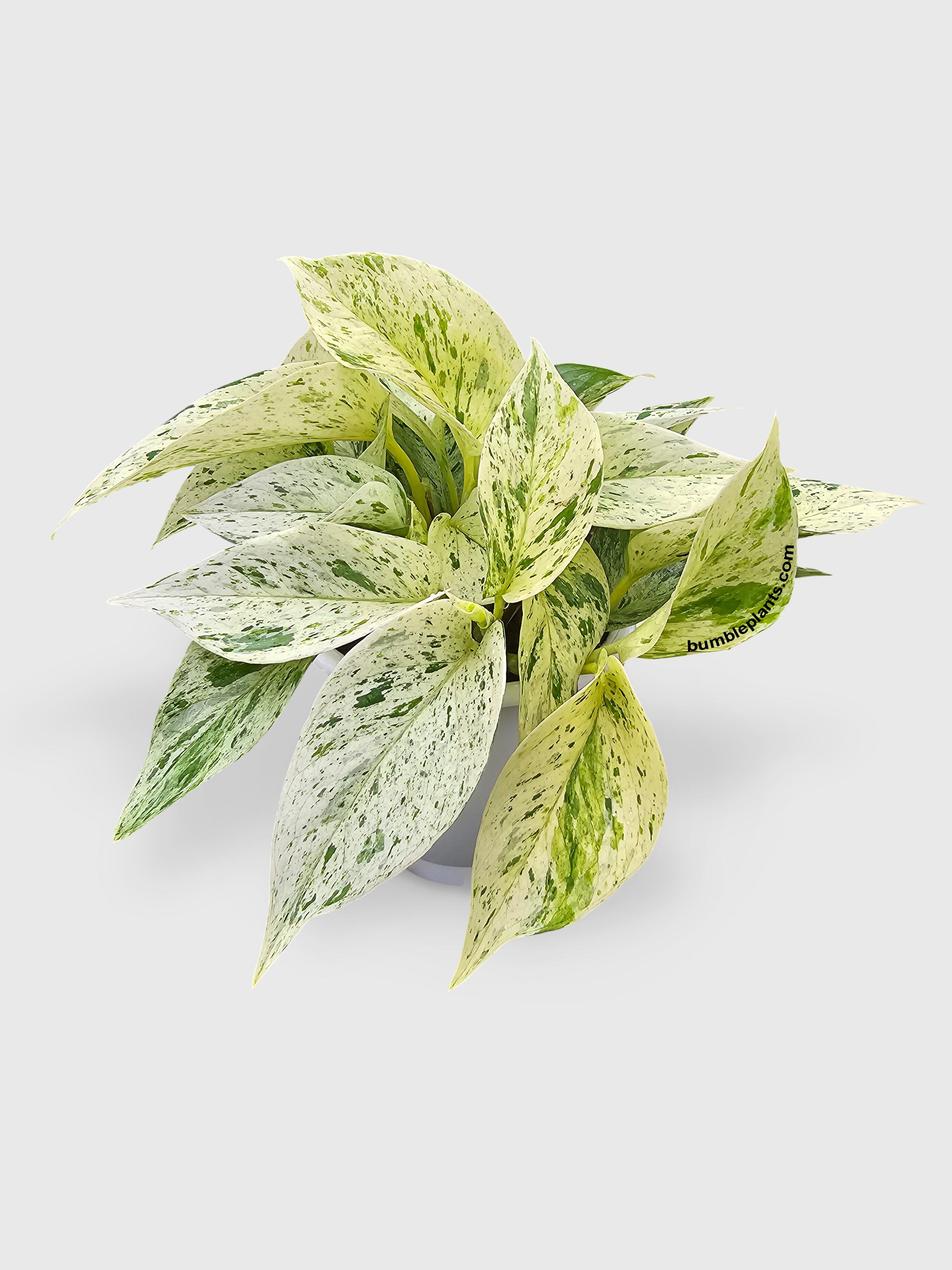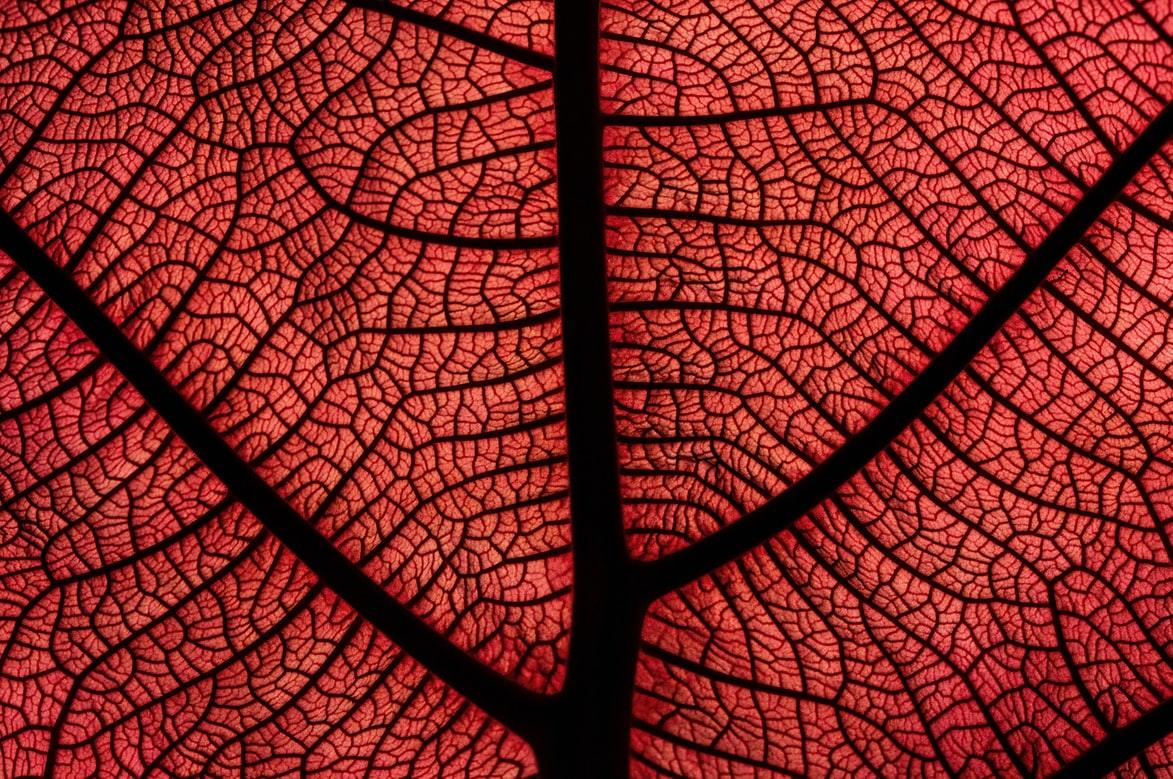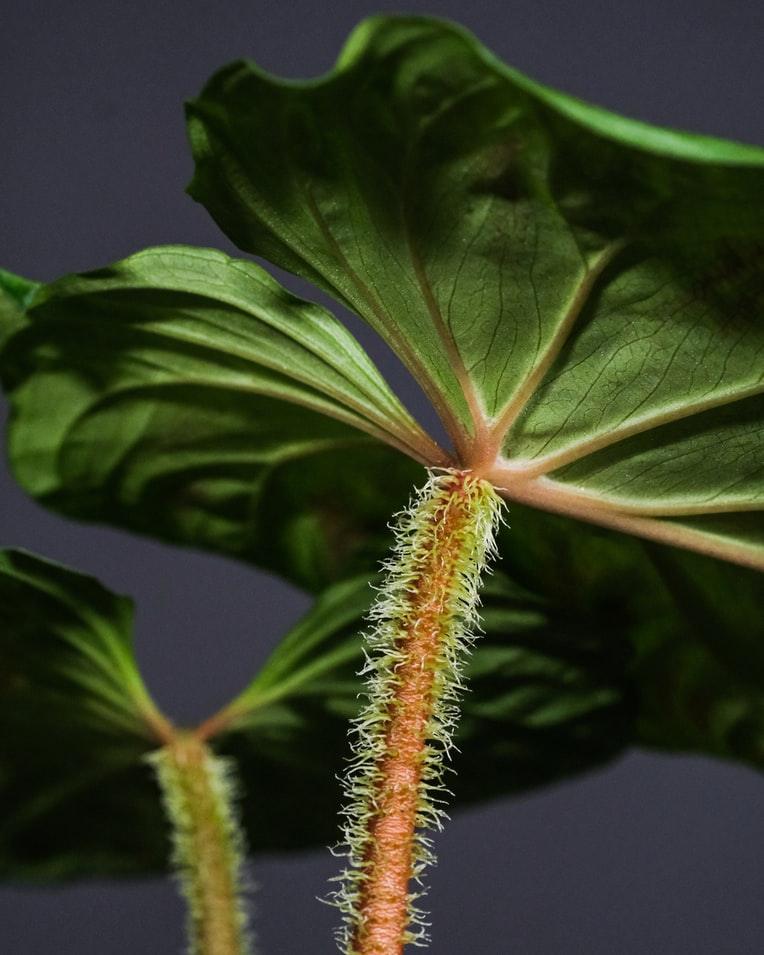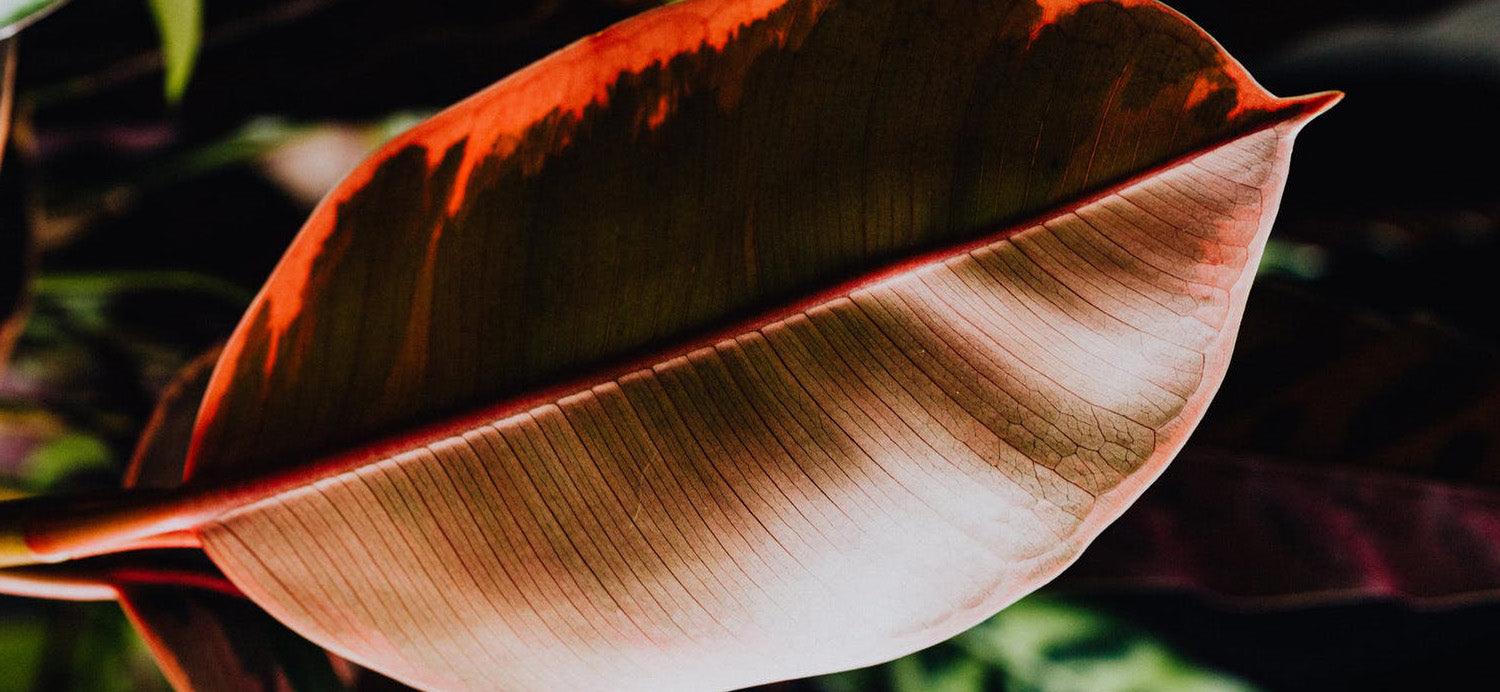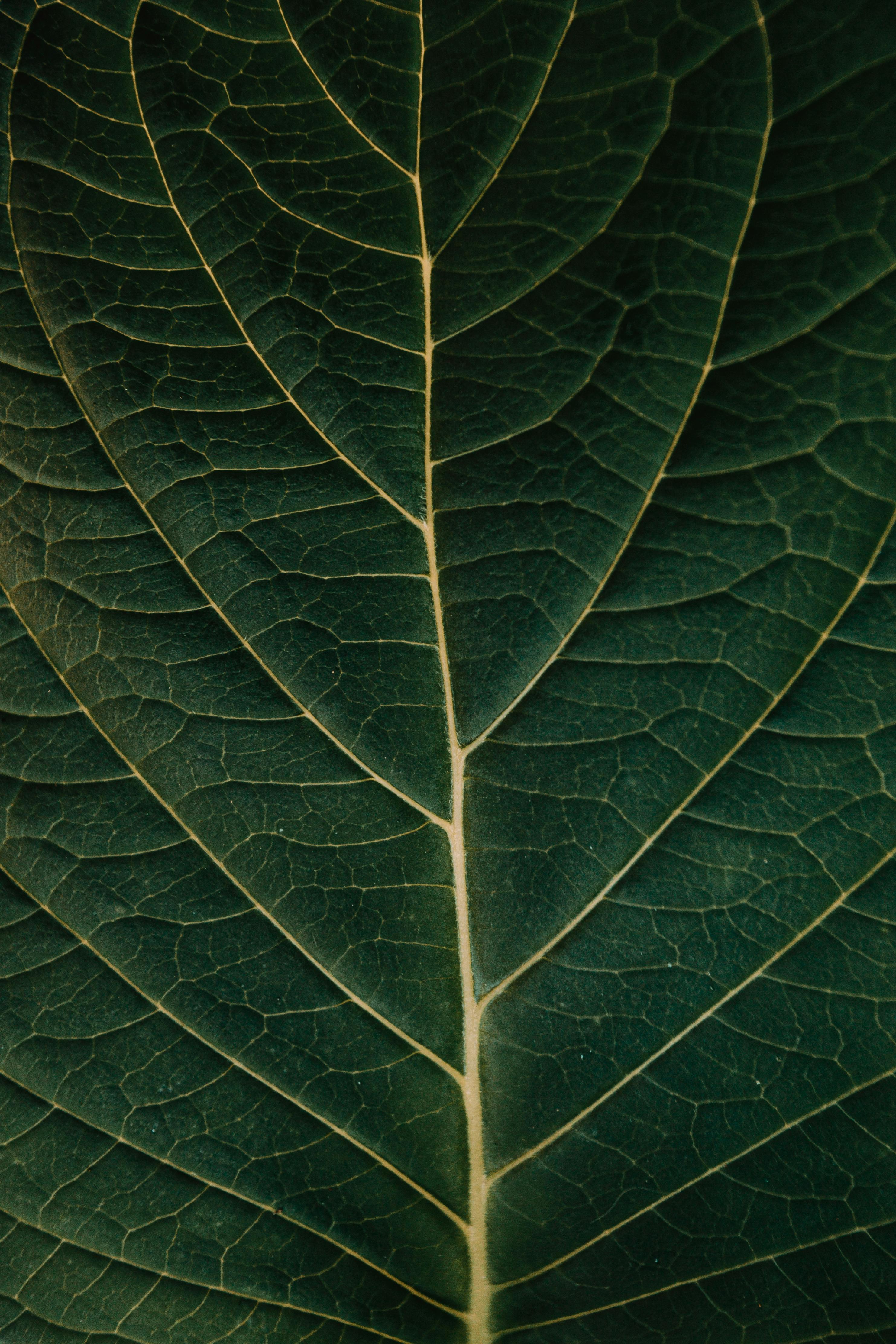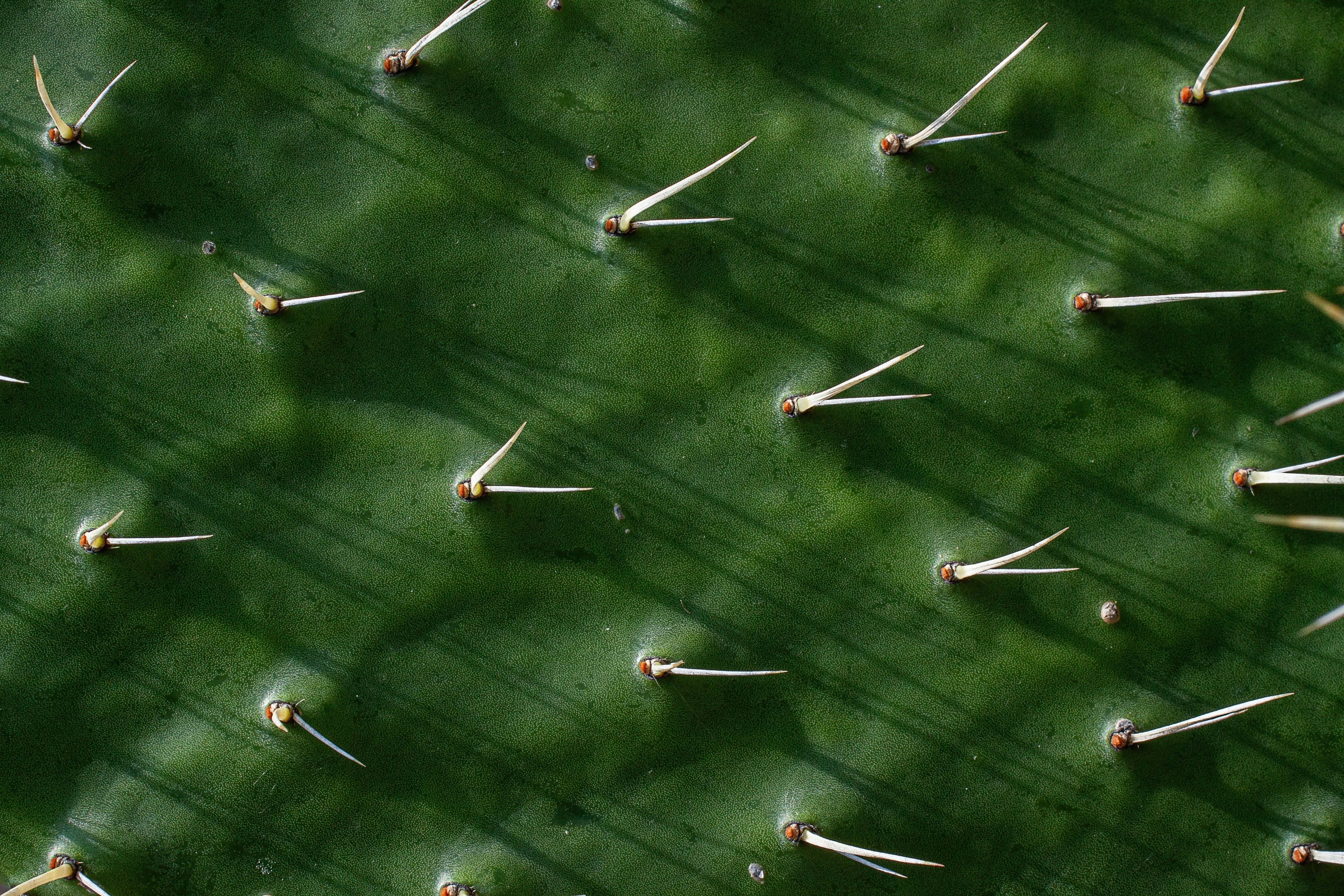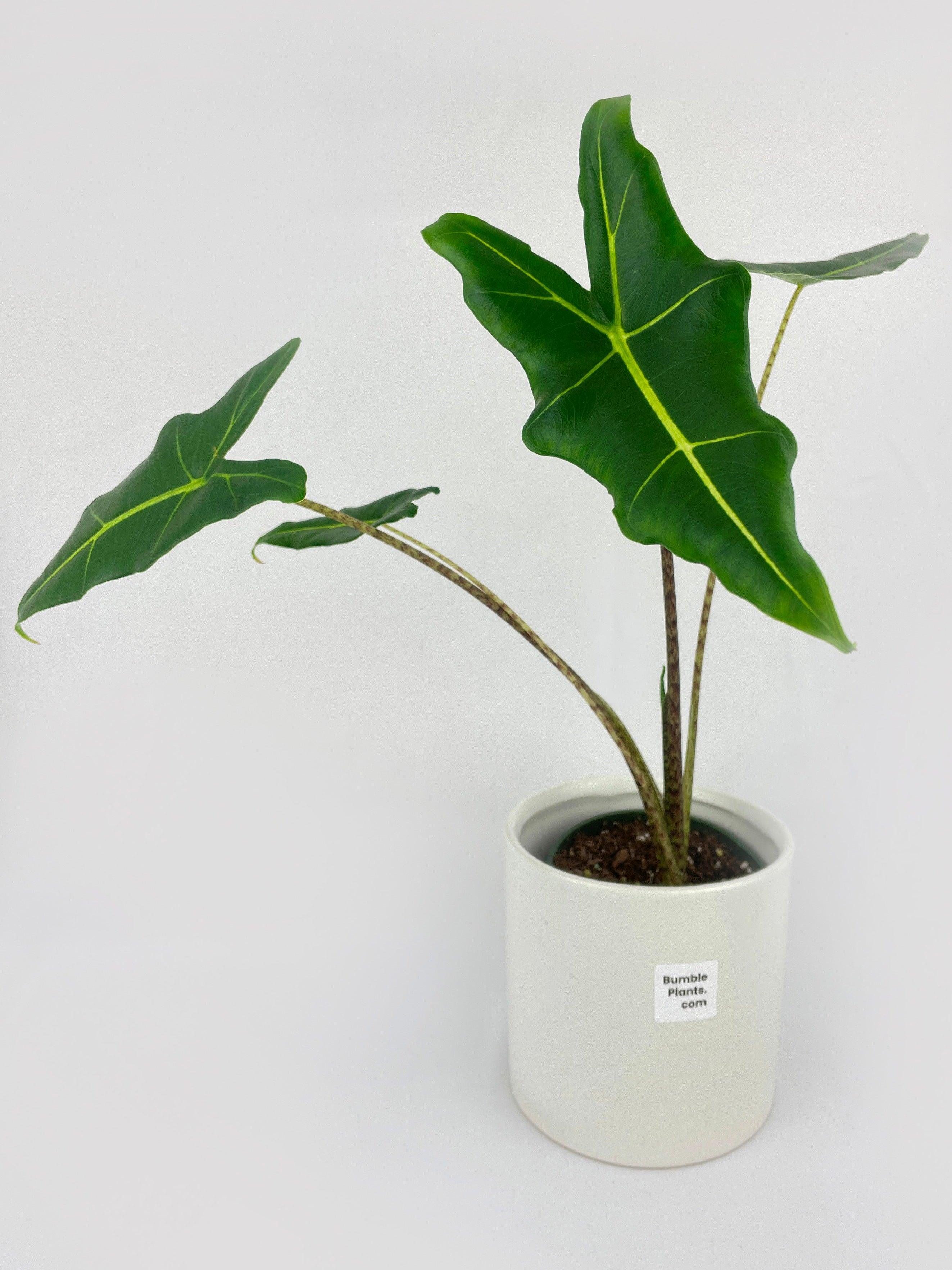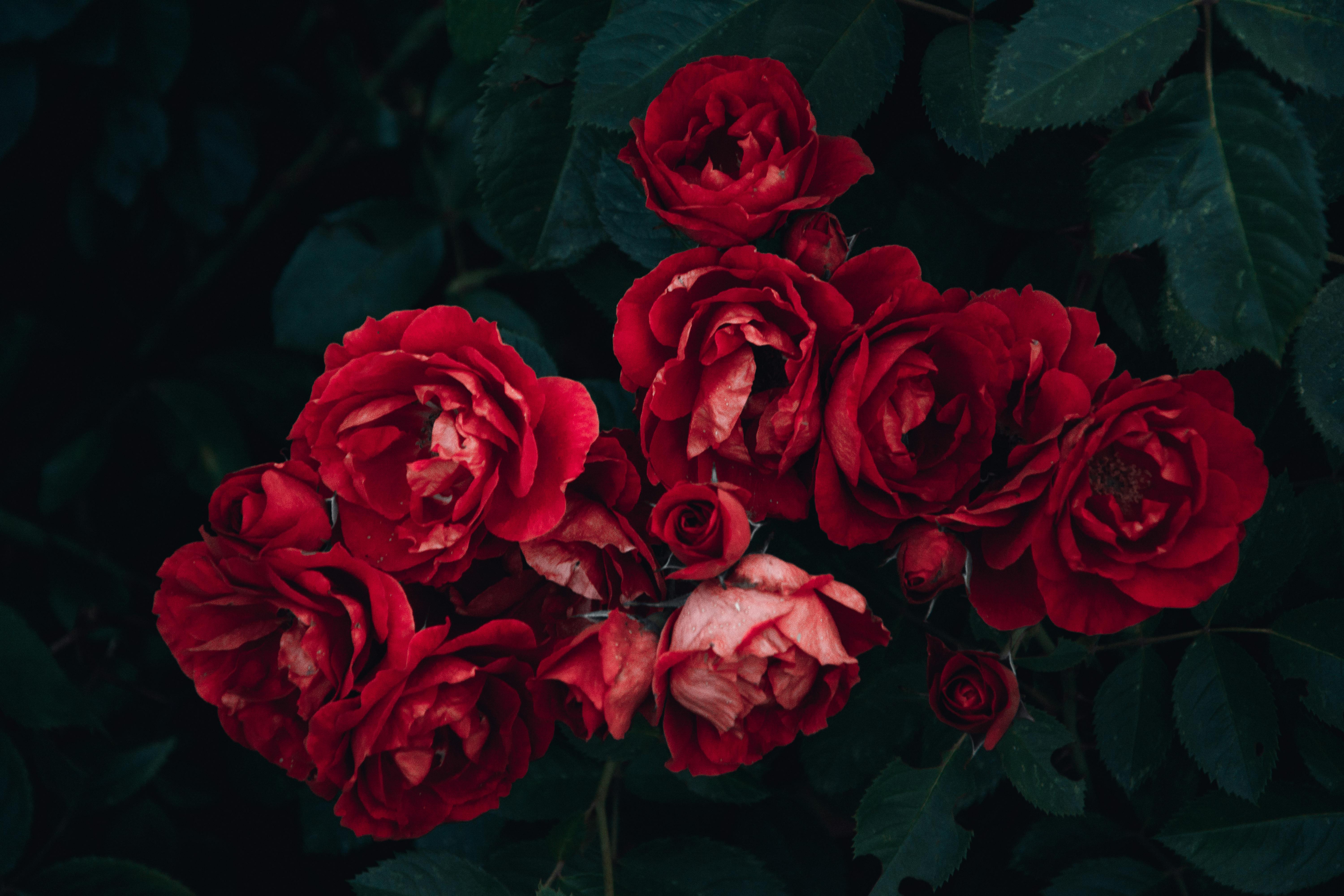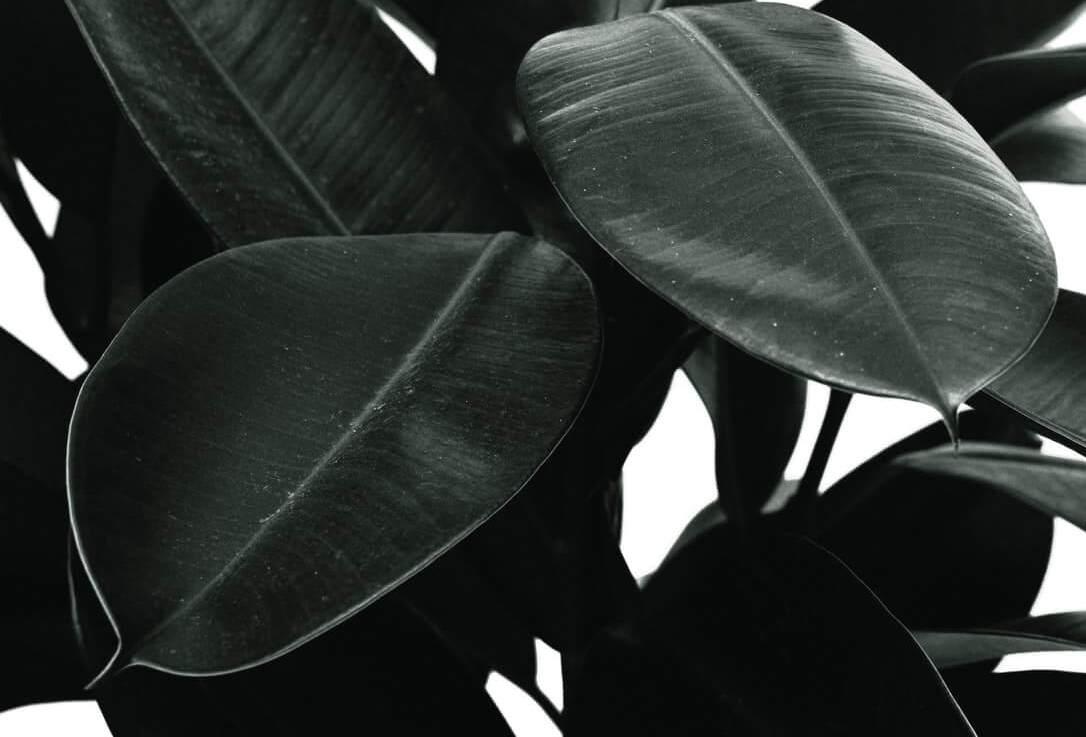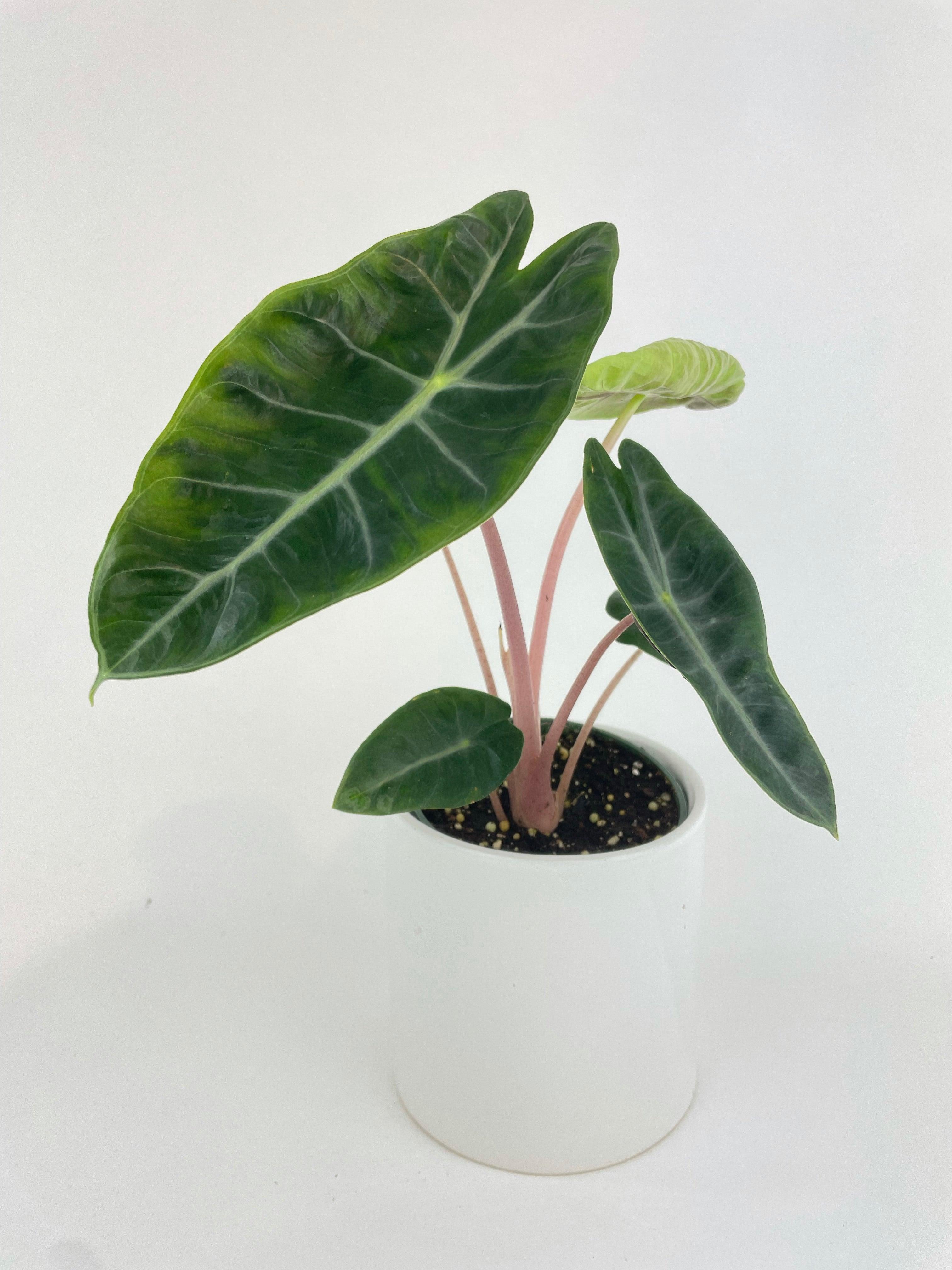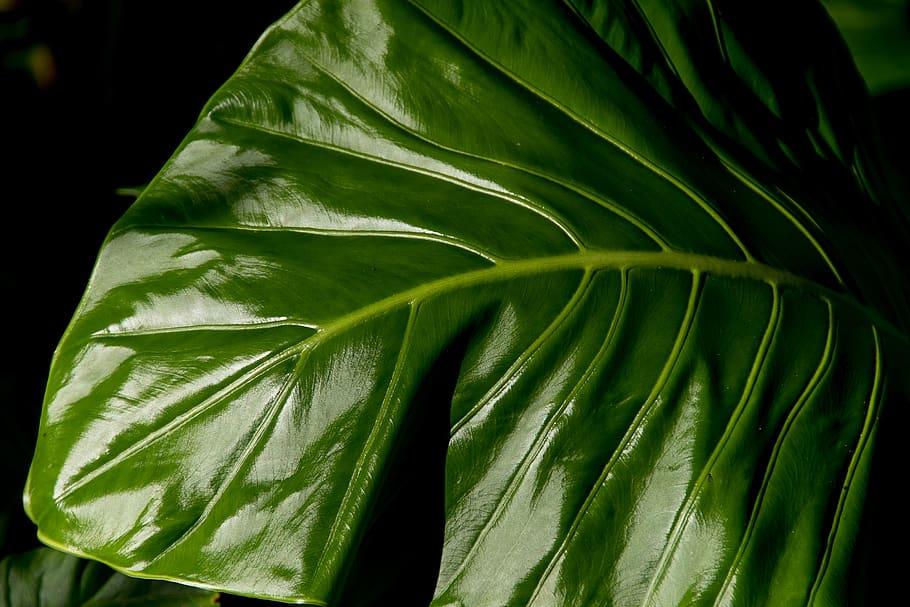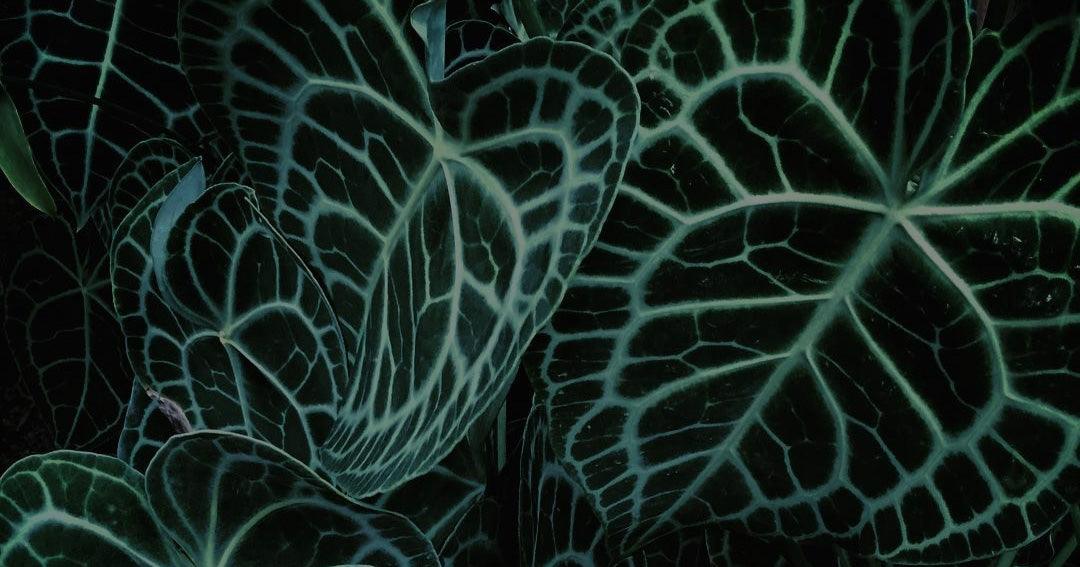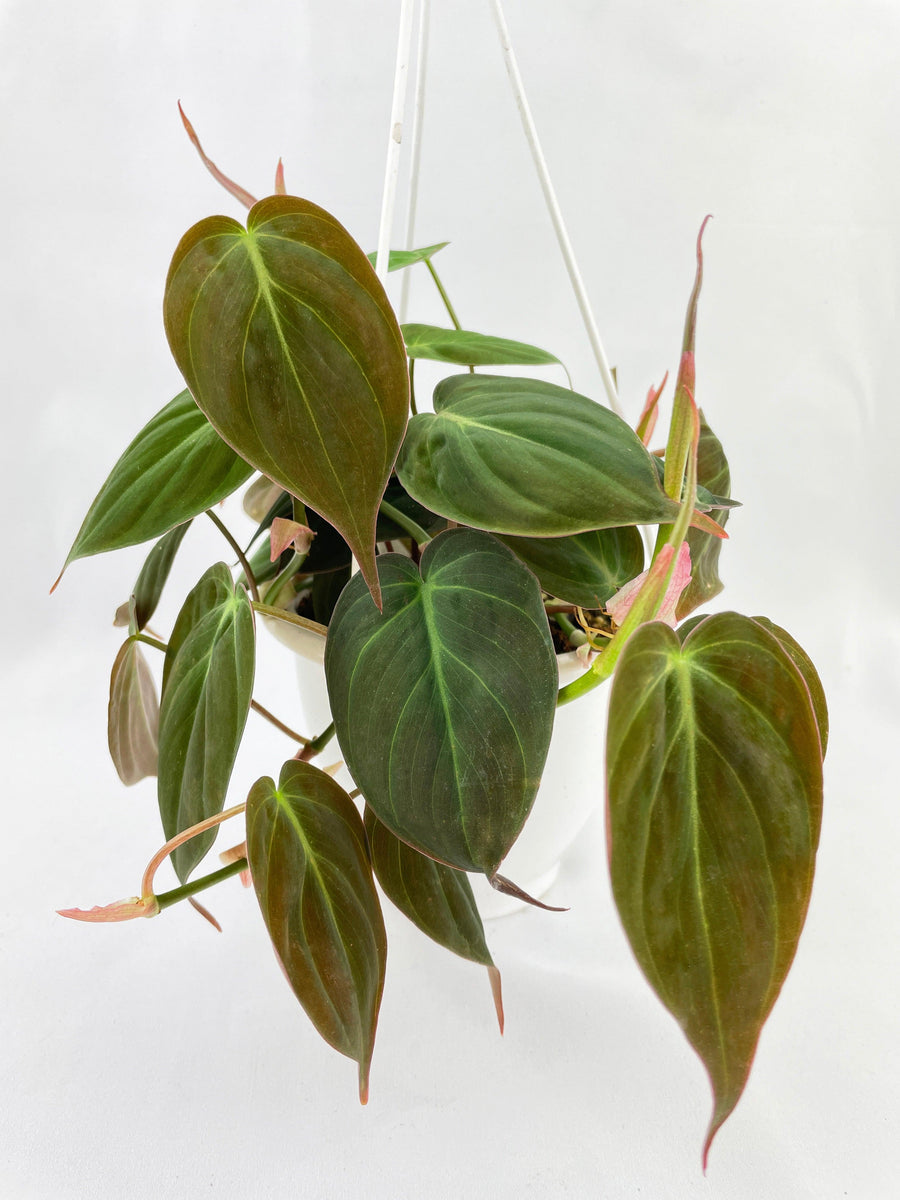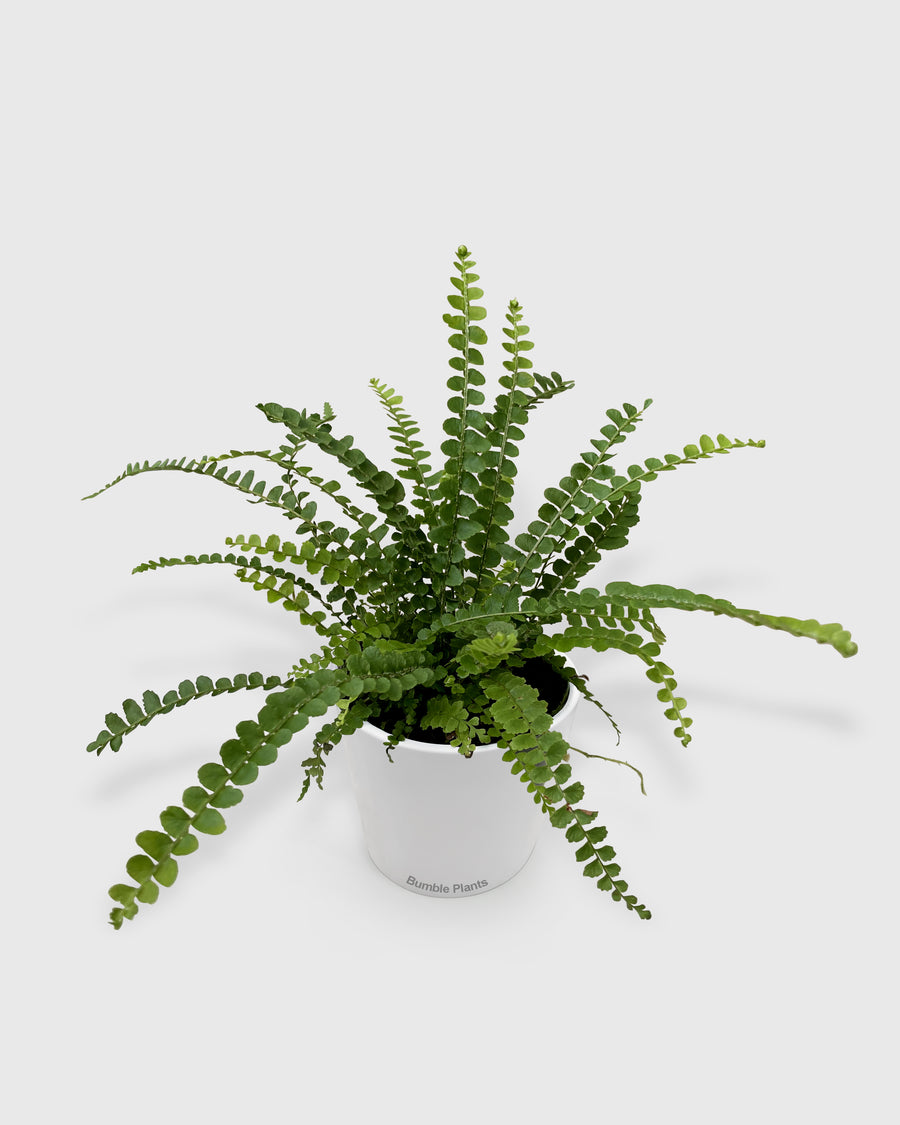Low Maintenance Houseplants
In today's fast-paced world, the allure of bringing nature indoors with low maintenance houseplants has become increasingly popular. People seek the tranquility and beauty that indoor greenery provides, but often require plants that require minimal care and attention. Enter Low Maintenance Houseplants, the perfect solution for busy individuals and plant enthusiasts alike.
These green companions not only add a touch of natural elegance to our living spaces but also offer numerous benefits, from improving indoor air quality to enhancing overall well-being. Whether you're a seasoned plant parent or just beginning your journey into the world of indoor gardening, low maintenance houseplants offer an accessible and rewarding way to cultivate greenery indoors.
Throughout this article, we'll explore the characteristics that define low maintenance houseplants, delve into some of the top varieties, and provide practical tips for successful plant care. Join us as we uncover the joys of incorporating Low Maintenance Houseplants into your home environment.
What Makes a Houseplant Low Maintenance?
Low maintenance houseplants possess specific traits that make them resilient and easy to care for, even for those with busy schedules or limited gardening experience. Understanding these characteristics can help you select the perfect green companion for your home.
Characteristics of Low Maintenance Houseplants:
Tolerance to Different Light Conditions: Low maintenance houseplants exhibit versatility in their light requirements, thriving in both low-light environments and areas with ample natural sunlight.
Minimal Watering Requirements: These plants are adept at storing water in their foliage or roots, allowing them to withstand periods of drought without wilting or suffering damage.
Resistance to Pests and Diseases: Low maintenance houseplants are typically hardy and less susceptible to common pests and diseases, reducing the need for frequent treatments or interventions.
Selecting houseplants with these attributes not only simplifies care routines but also ensures a thriving and vibrant indoor garden. Throughout this article, we'll explore various low maintenance houseplants that embody these characteristics, offering beauty and tranquility with minimal effort.
Top Low Maintenance Houseplants
Snake Plants: The Resilient Greenery
Adaptability to Low Light Conditions: Snake plants, also known as Sansevieria, are renowned for their ability to thrive in low-light environments, making them perfect for offices or dimly lit spaces.
Minimal Watering Needs: These hardy plants store water in their thick, succulent leaves, requiring infrequent watering and thriving even with occasional neglect.
Air Purifying Properties: Snake plants are excellent air purifiers, removing toxins such as formaldehyde and benzene from indoor air, promoting a healthier living environment.
Spider Plants: Air-Purifying Beauties
Ideal for Indirect Sunlight: Spider plants thrive in indirect sunlight, making them suitable for homes with limited exposure to natural light.
Easy Propagation: Known for their rapid growth and ability to produce "spiderettes," spider plants are easy to propagate, allowing you to expand your greenery collection effortlessly.
Air Cleansing Abilities: Spider plants efficiently remove harmful pollutants like carbon monoxide and xylene from indoor air, contributing to improved air quality and overall well-being.
Jade Plants: Succulent Wonders
Drought Tolerant Nature: Jade plants are succulents known for their ability to store water in their thick, fleshy leaves, enabling them to withstand extended periods of drought with minimal watering.
Bright Light Preferences: These resilient plants prefer bright, indirect light, making them perfect additions to sunny windowsills or well-lit corners.
Symbolism and Cultural Significance: Jade plants are associated with prosperity and good fortune in many cultures, adding a touch of symbolism to your indoor garden.
Pothos Plants: Versatile and Lush
Thrives in Low Light Environments: Pothos plants are renowned for their ability to thrive in low light conditions, making them ideal for spaces with limited sunlight exposure.
Trailing Habit for Hanging Baskets: With their trailing vines, pothos plants are perfect for hanging baskets or cascading over shelves, adding dimension and greenery to any room.
Variegated Varieties for Visual Appeal: Pothos plants come in a variety of variegated patterns, featuring striking combinations of green, yellow, and white leaves, enhancing visual interest in your indoor garden.
Understanding Light Requirements
Understanding the light requirements of houseplants is crucial for their successful growth and maintenance. Different plants have varying preferences when it comes to light exposure, and providing the right conditions can ensure their health and vitality.
Differentiating Between Direct and Indirect Light:
Direct Sunlight: Direct sunlight refers to sunlight that reaches the plant without any obstruction. While some plants thrive in direct sunlight, others may experience sunburn or leaf damage if exposed to too much intense light.
Indirect Light: Indirect light, also known as filtered light, is sunlight that has been diffused or scattered before reaching the plant. Many houseplants prefer indirect light as it mimics the conditions found under the canopy of trees in their natural habitat.
Matching Houseplant Light Preferences with Home Environments:
Assessing the Natural Light Available: Evaluate the natural light conditions in your home, considering factors such as the direction your windows face and any obstructions that may affect sunlight penetration.
Choosing Appropriate Plants: Select houseplants that match the light levels available in your home. For example, low-light plants like snake plants and pothos are ideal for spaces with limited natural light, while succulents thrive in bright, sunny areas.
Adjusting Light Levels for Optimal Growth:
Rotating Plants: Rotate your houseplants periodically to ensure even light exposure on all sides of the plant. This prevents uneven growth and encourages balanced development.
Supplementing with Artificial Light: If natural light is scarce, consider supplementing with artificial grow lights to provide adequate illumination for your plants, especially during the darker winter months.
Tips for Successful Houseplant Care
Caring for houseplants doesn't have to be daunting. With the right knowledge and attention to detail, you can ensure your indoor greenery thrives and adds beauty to your living space. Here are some tips for successful houseplant care:
Proper Watering Techniques:
Assess Soil Moisture: Before watering, check the soil moisture by inserting your finger into the soil. Water only when the top inch of soil feels dry to the touch.
Watering Consistency: Establish a consistent watering schedule based on the needs of each plant. Avoid overwatering, as it can lead to root rot and other moisture-related issues.
Avoiding Common Mistakes:
Preventing Root Rot: Ensure proper drainage by using pots with drainage holes and avoiding water accumulation in saucers. Promptly remove excess water to prevent waterlogged soil conditions.
Trimming and Pruning: Regularly trim dead or yellowing leaves and prune overgrown stems to encourage healthy growth and maintain the overall appearance of your plants.
Providing Adequate Drainage and Air Circulation:
Use Well-Draining Soil: Choose a well-draining potting mix specifically formulated for indoor plants to prevent waterlogging and promote healthy root development.
Promoting Air Circulation: Improve air circulation around your plants by occasionally moving them or using a fan on low settings to prevent stagnant air and reduce the risk of fungal diseases.
NASA Recommended Air-Purifying Plants
NASA's Clean Air Study has identified several houseplants with exceptional air-purifying abilities, making them valuable additions to indoor spaces. Incorporating these plants into your home not only adds greenery but also helps improve indoor air quality. Let's explore some of NASA's recommended air-purifying plants:
Exploration of NASA's Clean Air Study:
Research Findings: NASA's Clean Air Study conducted in the late 1980s aimed to identify house plants capable of removing common indoor pollutants, such as formaldehyde, benzene, and trichloroethylene, from the air.
Criteria for Selection: Plants were evaluated based on their ability to remove specific pollutants and their ease of care, making them suitable for indoor environments.
Plants That Improve Indoor Air Quality:
Snake Plant (Sansevieria): Recognized for its efficiency in removing formaldehyde, xylene, and toluene from indoor air, the snake plant is an excellent choice for improving air quality in homes and offices.
Spider Plant (Chlorophytum comosum): Spider plants are known for their ability to remove carbon monoxide, formaldehyde, and xylene from the air, making them valuable additions to any indoor space.
Incorporating Air-Purifying Houseplants into Home Decor:
Placement Considerations: Strategically place air-purifying plants throughout your home to maximize their air-cleansing benefits. Consider placing them in living rooms, bedrooms, and home offices where air quality may be a concern.
Aesthetic Appeal: Choose air-purifying plants that complement your home decor and personal style. With a wide range of shapes, sizes, and foliage types available, you can create visually appealing indoor gardens that also promote health and well-being.
Conclusion
In conclusion, the world of low maintenance houseplants opens doors to a greener and more vibrant indoor living experience. With their ability to purify the air and their minimal care requirements, low maintenance houseplants like snake plants and spider plants have become indispensable elements of modern home decor.
Embracing the therapeutic and aesthetic value of indoor greenery is not just about beautifying our spaces; it's about nurturing a connection with nature in our daily lives. As we surround ourselves with lush foliage and vibrant hues, we create tranquil sanctuaries that promote relaxation and well-being.
Consider incorporating low maintenance houseplants into your home decor to elevate its aesthetic appeal while enjoying the numerous benefits they offer. Explore a diverse range of options, from snake plants to pothos, and discover the joy of nurturing green companions indoors. Let's cultivate our indoor gardens together and transform our living spaces into havens of peace and serenity.


